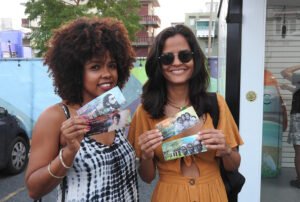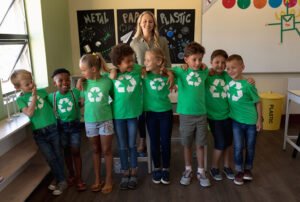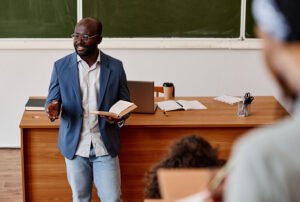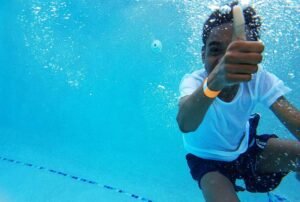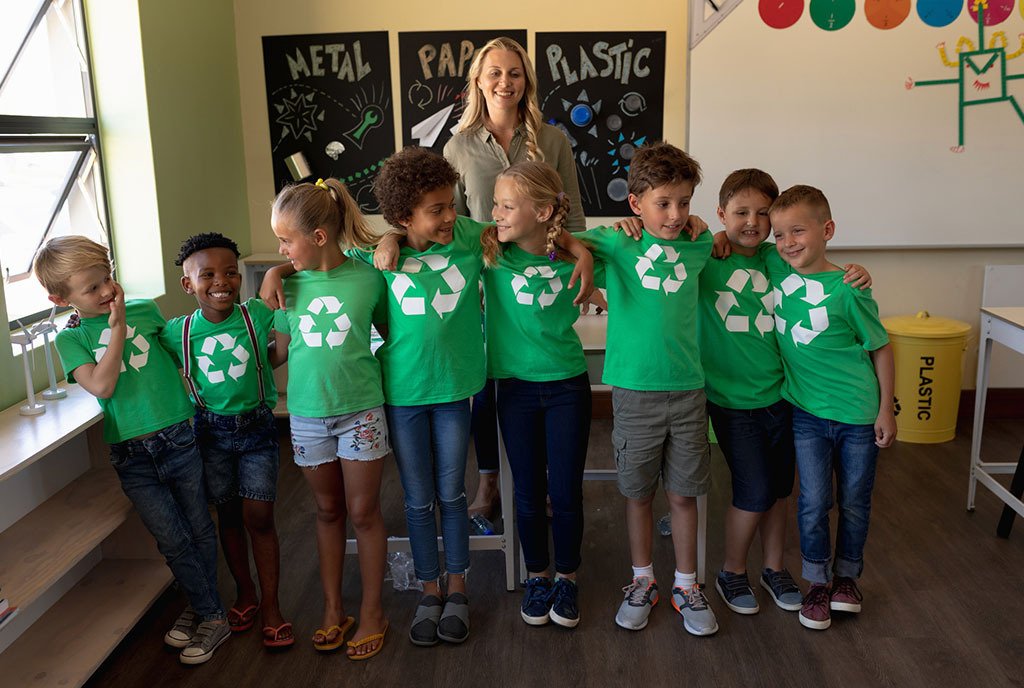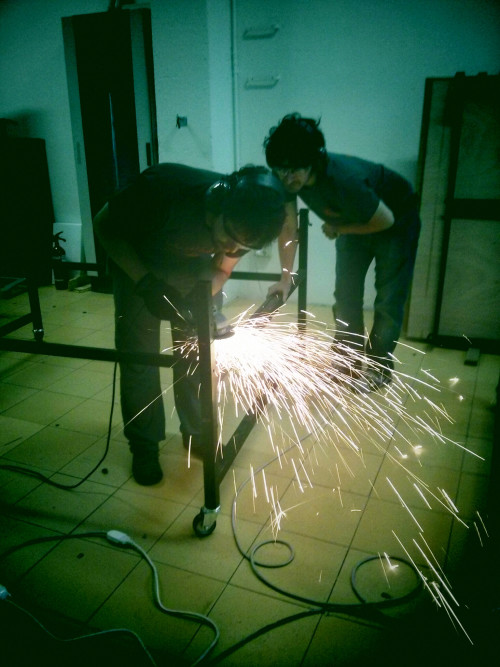
March 9, 2016; Baltimore Sun
The “maker movement” has been getting lots of attention in recent years, but most of that attention has been on entrepreneurs, prototypes and start-ups. Increasingly, school students are being exposed to technologies and skills that allow them to see themselves as makers, and see the possibilities of pursuing careers in the creative economy. And while the U.S. Department of Education is publicly championing this effort, many nonprofits and local libraries are bringing it to life.
Last week, Acting U.S. Education Secretary John King, Jr. toured the facility of Digital Harbor Foundation in the Federal Hill section of Baltimore. The nonprofit, located in a former city rec center, provides afterschool and summer classes to more than 100 area children in grades 3 through 12. King’s visit was in support of his request to Congress to reauthorize a $1.1 billion program for technical-education programs in schools. Originally enacted in 1984, Congress updated the Carl D. Perkins Vocational and Technical Education Act in 2006, adding provisions to teach students skills like coding, computer science, and manufacturing.
Sign up for our free newsletters
Subscribe to NPQ's newsletters to have our top stories delivered directly to your inbox.
By signing up, you agree to our privacy policy and terms of use, and to receive messages from NPQ and our partners.
“What an amazing place this is—it’s incredible to think that this was once an abandoned rec center,” King said. “It’s time for Congress to reauthorize the Perkins Act so that every student, in every community, has access to rigorous, relevant and results-driven CTE [career and technical education] programs.”
At Digital Harbor, students learn computer coding and 3D printing, then put their new skills to use inventing computer games and using technology to create objects. Parents pay what they can to enroll their children in classes. Among the creations on display last week were a model boat, a mandolin, a candleholder, and a robot spider.
Here are just a few examples of other initiatives and resources to encourage the next generation of makers:
- The U.S. Department of Education announced last week that it is accepting submissions and will provide $200,000 in grants as well as additional in-kind support for high schools “to design makerspaces that strengthen next-generation career and technical skills.” First-round submissions are due April 1st, and an information webinar is scheduled for March 17th.
- Last month, Fresh Artists, a Philadelphia nonprofit that nurtures young visual artists and provides art supplies to the city’s cash-strapped public schools, held its first Cool Jobs Expo, which introduced nearly 600 middle-school students to the possibilities of making a living in the creative economy. As described in the Broad Street Review, the students met “professionals who were once creative kids themselves, and who grew up to work in careers that feed their passion and their pocketbook.” Among the creatives who took time to speak with students were graphic artists, industrial designers, photographers, web designers, printmakers, sculptors, chefs and muralists. Amanda Thompson, arts program manager for the John S. and James L. Knight Foundation, which supported the expo, noted, “If we’re going to have innovators for the creative economy, we have to have kids exercising their creative muscles, and Cool Jobs shows students a clear path to arts jobs.”
- Libraries are also fostering makerspaces, sometimes merely by adding 3D printers, other times with more programmatic support. In 2011, the Fayetteville Free Library in New York State was reported to be the first public library in the U.S. to create a maker space. This 2013 article offers ideas for library staff on “how to be the hub of a young maker revolution.”
- There’s a makerspace playbook, an online network of more than 27,000 “maker educators”, and a subset of programs for makerspaces for students with special needs.
—Eileen Cunniffe


